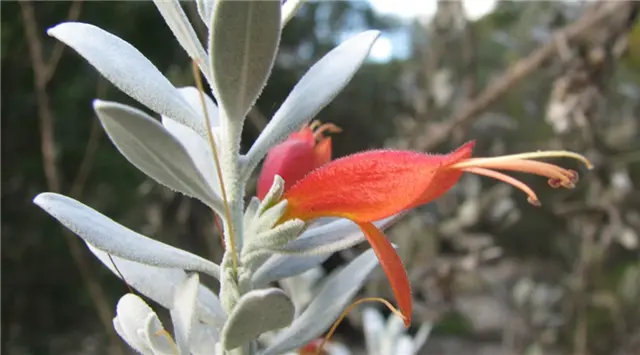An international study tracking the impact of climate change suggests Australia's plant life may have "given up," according to satellite-based maps comparing the changing climate conditions.
The map, based of 14 years of satellite data of key climate variables and published in the journal Nature on Thursday, suggests vegetation in Australia's interior does not respond to sudden increases in rainfall because it has "learned" that drought will soon follow.
"You can have all of your rainfall in one week and the statistics will show it was a good year. But it can just take one month of no rain and that might be what drives a plant to the edge, " Professor Alfredo Huete from the University of Technology, Sydney's Plant Functional Biology and Climate Change Cluster, told Australia's national broadcaster.
"(With this study) we are getting a lot closer to what the plant actually experiences."
The study's researchers from Norway and Britain developed a vegetation sensitivity index - a comparison of vegetation productivity and relative response rate to environmental variability - under varying climate conditions to pinpoint regions across the globe that are showing "amplified" responses to climate variation which impacts ecosystem service provision and human wellbeing.
The index is based on three climatic variables that drive vegetation productivity - air temperature, water availability and degree of cloud cover.
According to the analysis, Australia's eastern region, along with the Arctic Tundra, Western Africa, South East Asia, Papua New Guinea, wet tropical forests of South America, among others, are at risk of collapse.
However unlike most regions, the study confirmed the nation's ecosystems are most sensitive to water availability, rather than temperature, with Australia's agriculturally important Murray-Darling Basin one of the most ecologically sensitive zones.
But Australia's inland ecosystems are among the world's least sensitive to climate variability, particularly in terms of rainfall, due to low-productivity, which suggests it is a result the vegetation's "memory," Huete said.
"Sometimes when you subject an ecosystem to some kind of disturbance, such as drought or fire, they behave differently depending on their past," Huete said, adding Australia's interior is having strong memory effects.
"For some reason the vegetation is not responding to the variability in the climate that we are experiencing ... large portions of plants in the interior don't seem to do anything," Huete said, suggesting the flora had "given up."
"They don't care if it is good favourable conditions now, because they know it is temporary and it is not worth investing in growing more at this time because they become bigger and it is a lot more to care of when the drought returns."
While the satellite-based map can indicate something is happening on the ground, they can't tell you what or why the impact is happening, suggesting large-scale remote-sensing studies and more on-the-ground research must be undertaken, Huete said.
 简体中文
简体中文

